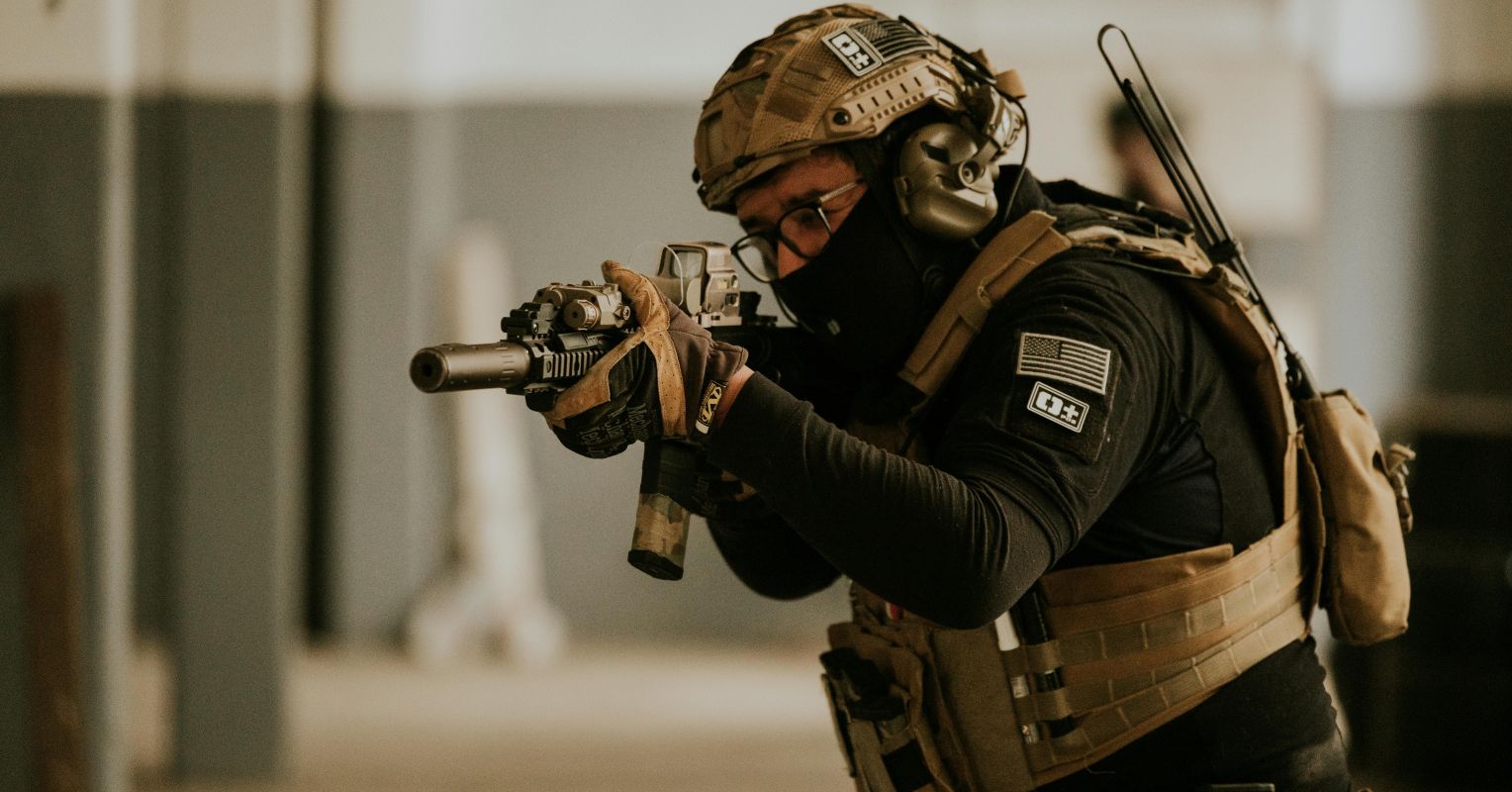
"Bandura (1977) showed that human beings tend to imitate those who appear to be powerful, or to be rewarded for their actions. When a "model" was observed by children to assault a "bobo doll" punching bag, the children generally tended to attack the bag with greater frequency and intensity, especially if the model was an adult (and hence relatively powerful by child standards), or was seen to be rewarded for the violent action. This "modeling" behavior was basic to the development of social learning theory."
"Bandura's studies were conducted with children, of course, but the imitative impulse is by no means eliminated by the onset of adulthood. Fashion stands as an excellent example. Practically nobody wears a disco shirt anywhere today, but in the 1970s there were settings in which, if a male wasn't wearing one, his romantic prospects dropped practically to zero. Even today's adults, many of whom believe themselves to be immune to the vagaries of fashion, don't typically show up at funerals wearing Grateful Dead T-shirts;"
"Human beings, as a species, are highly imitative. We tend especially to imitate those who appear to gain power, status, and reward for their actions. Mass media provides us with many such examples, not all of them good for society or for ourselves."
Human beings are highly imitative and tend to copy those who appear to gain power, status, or reward. Mass media supplies many such models, some of which are harmful. Violence and criminal behavior can be promoted by brain damage and by desire for gain, but imitation can drive such behavior even when personal gain is unlikely. Bandura's experiments showed that children imitate aggressive models, increasing attack frequency and intensity, especially when the model is an adult or is rewarded. The imitative impulse persists into adulthood, shaping fashion, social behavior, and ritual dress choices.
Read at Psychology Today
Unable to calculate read time
Collection
[
|
...
]